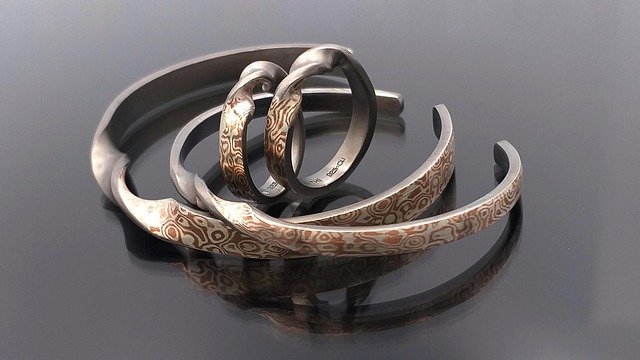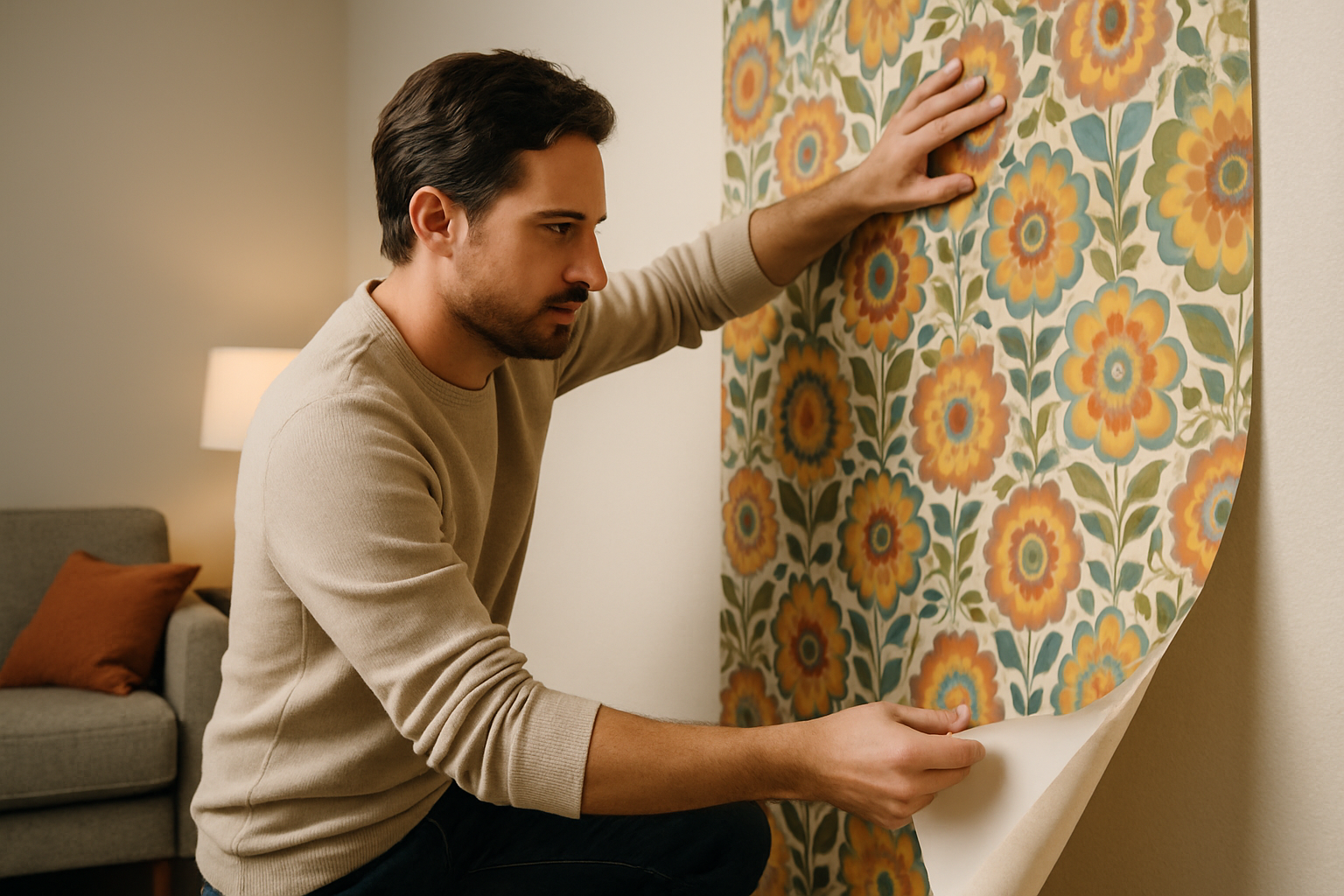The Resurgence of Handcrafted Accessories in High Fashion
In a world dominated by mass production and fast fashion, a quiet revolution is taking place in the accessories realm. Handcrafted pieces, once relegated to artisan markets and niche boutiques, are now gracing runways and adorning the arms of fashion's elite. This shift marks a significant departure from the cookie-cutter approach that has long defined luxury accessories, ushering in an era where individuality and artisanal skill reign supreme.

Historically, handcrafted accessories were the norm rather than the exception. Before the Industrial Revolution, every piece of jewelry, every bag, and every pair of shoes was made by hand. The advent of mass production in the 19th and 20th centuries led to a decline in handcrafted goods, as fashion houses prioritized efficiency and scale over individuality and craftsmanship.
However, the pendulum has begun to swing back. In the face of global homogenization, consumers are rediscovering the value of artisanal skills and the uniqueness that comes with handmade items. This resurgence is not just a nod to tradition; it’s a revolutionary approach to luxury in the modern era.
The Appeal of Imperfection in a Perfect World
One of the most striking aspects of the handcrafted accessories trend is the celebration of imperfection. In a world where digital precision and flawless manufacturing are the norm, the slight variations and unique characteristics of handmade pieces have become highly desirable.
These imperfections are not flaws but rather signatures of the human touch. A slightly uneven stitch in a leather bag, the subtle variations in the beadwork of a necklace, or the unique patina of a hand-forged metal bracelet – these are the details that give handcrafted accessories their charm and value.
This appreciation for imperfection aligns with the broader cultural shift towards authenticity and individuality. In an age where social media often presents a curated, filtered version of reality, consumers are drawn to products that feel genuine and have a story to tell.
The Intersection of Tradition and Innovation
While the resurgence of handcrafted accessories celebrates traditional techniques, it’s not stuck in the past. Modern artisans are innovating within their craft, blending time-honored methods with contemporary design sensibilities and cutting-edge materials.
This fusion of old and new is particularly evident in the work of emerging designers who are reimagining traditional crafts for the modern consumer. For instance, we’re seeing ancient weaving techniques applied to create avant-garde handbags, or traditional metalworking methods used to craft futuristic jewelry pieces.
The result is a new category of accessories that honors heritage while pushing the boundaries of design. These pieces appeal to consumers who value both tradition and innovation, offering a bridge between the past and the future of fashion.
The Ethical Dimension: Sustainability and Fair Labor
The rise of handcrafted accessories is also closely tied to growing concerns about sustainability and ethical production in the fashion industry. Handmade pieces often have a lower environmental impact compared to mass-produced items, as they typically involve smaller-scale production and less industrial waste.
Moreover, the emphasis on artisanal skills helps preserve traditional crafts and provides employment opportunities in communities where these skills have been passed down through generations. This aspect of the trend resonates with consumers who are increasingly conscious of the social and environmental impact of their purchasing decisions.
Many brands focusing on handcrafted accessories are also championing fair labor practices, ensuring that artisans are paid fairly for their skills and work. This ethical dimension adds another layer of value to handcrafted pieces, making them not just fashion statements but also statements of social responsibility.
The Digital Age Paradox: Artisanal in an Online World
Interestingly, the digital age has played a significant role in the resurgence of handcrafted accessories. While it might seem counterintuitive, online platforms have actually facilitated the connection between artisans and global consumers.
E-commerce sites dedicated to handmade goods, social media platforms showcasing artisanal work, and the ability to tell brand stories through digital marketing have all contributed to the visibility and accessibility of handcrafted accessories. This digital exposure has allowed small-scale artisans and designers to reach a wider audience, competing with larger brands on a more level playing field.
The internet has also enabled consumers to learn about and appreciate the craftsmanship behind these pieces. Many brands now share behind-the-scenes content, showcasing the process of creating handmade accessories, which further enhances their appeal and perceived value.
Styling Handcrafted Accessories: A Guide to Artisanal Chic
-
Mix and match: Pair a statement handcrafted necklace with minimalist clothing to let the piece shine
-
Layer with purpose: Combine multiple handmade bracelets or rings for a curated, eclectic look
-
Contrast textures: Juxtapose rough, handwoven fabrics with sleek, polished elements in your outfit
-
Tell a story: Choose pieces from different cultures or artisans to create a globally-inspired ensemble
-
Balance is key: When wearing bold handcrafted accessories, keep the rest of your outfit simple and understated
As we look to the future of fashion, it’s clear that handcrafted accessories are more than just a passing trend. They represent a fundamental shift in how we view luxury, individuality, and the value of human skill in an increasingly automated world. By embracing these unique, artisanal pieces, we not only adorn ourselves with beauty but also connect with a rich tapestry of cultural heritage and craftsmanship. The resurgence of handcrafted accessories reminds us that in fashion, as in life, it’s the human touch that truly makes something special.





